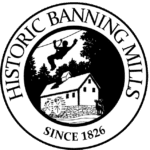PLANTS AROUND BANNING
BEECH TREES

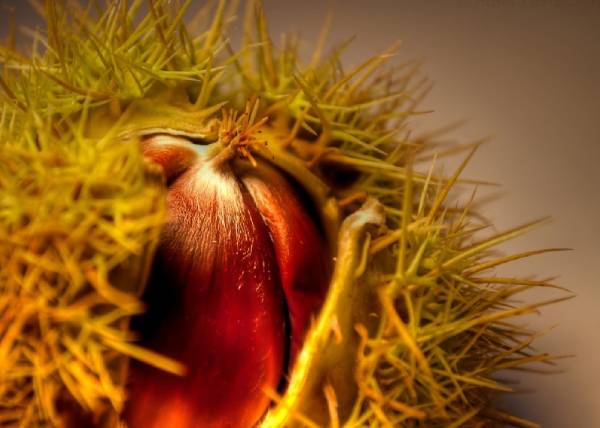

The Beech Tree (Fagus Grandifolia) is a deciduous hardwood found along the Eastern seaboard of the USA. It has a beautiful smooth gray, white bark which is a great accent in the winter season. Beech trees are slow growing and can reach heights of up to 160 feet high. They can live up to 400 years in ideal surroundings. The roots are shallow and many grow on top of the ground, looking like arms and legs of some alien creature.
Because Beech tree bark is thin, it scars easily. Many people carve their initials in the beech tree and the carvings can be seen decades later because the tree is not able to heal itself and grow over the carvings.
Spring finds new leaf growth on the beech tree. New leaves have tiny hairs which disappear as the leaf matures.
Beech trees produce beech nuts in the fall that feed wildlife such as deer, mice, voles and squirrels. The nut pod looks like it is covered in tiny stickers.
Did you know:
GEORGIA ASTER
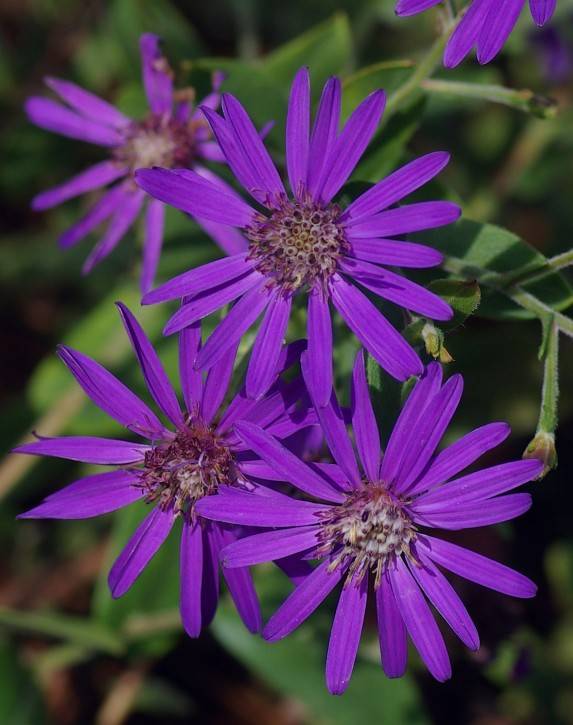
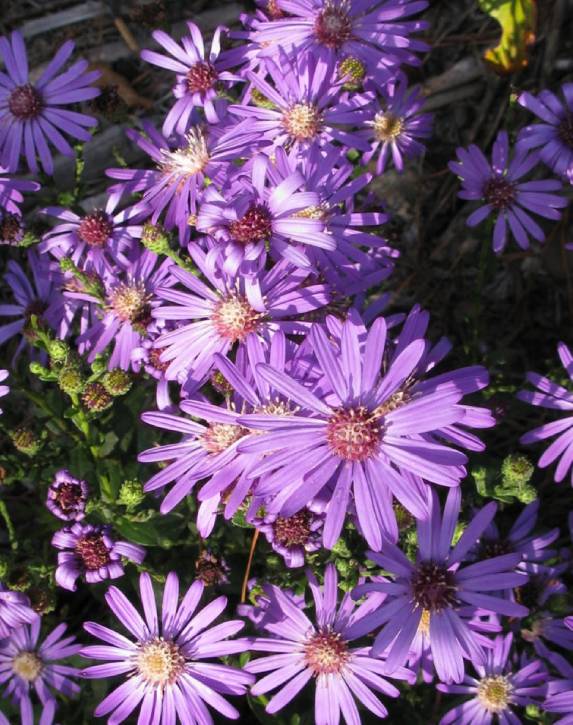
A sun loving plant, Georgia aster (Symphyotrichum georgianum) was once widespread across southeastern meadows and prairies, but is rare today because of habitat destruction and wildfire suppression. It is now an endangered plant.
Georgia aster’s native habitat is open, sunny areas, where it grows along edges and openings in rocky, upland oak-hickory-pine forests, and rights-of-way.
Regarded as the aster with the brightest and most vividly bluish-purple flowers, Georgia aster blooms from late-September through November. The composite flowers are 2 to 2 ¾ inches wide, consisting of both small disk flowers in the center and long ray flowers that radiate from the center. The disk flowers are white at first and become reddish-purple as the bloom ages, the ray petals are bluish-violet, and the purple-tipped stamens produce white pollen. Its leaves, often seen in the middle part of the stem, clasp the stem. The stems grow 20 to 40 inches or taller, and the plant spreads by underground roots at a moderate rate to form a clump.
Asters were burned and smoked in ancient times as a means of warding off negative energy. They have been used in remembrance and also medicinally to treat headaches, colds and muscle aches.
Please consider planting some Georgia Asters in your yard or garden today! Beautiful flowers and you will be helping bring them back from extinction.
RED BUCKEYE


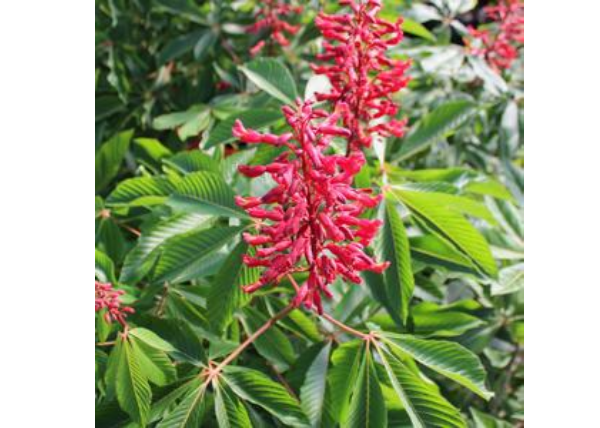
The Red Buckeye (Aesculus pavia) is a beautiful spring flowering shrub/tree found in the southeastern United States. Also called the Firecracker plant, the Red Buckeye can grow to 30-35 feet high and 15-25 feet wide. It typically has 3 to 8 inch long brilliant red flowers on a spike that appear in late winter to spring. Hummingbirds and Bees are common sights around the Red Buckeye.
It produces large seeds that look like a deer’s eye. The seeds mature in fall and are considered by many to be a good luck charm. The seeds and leaves are poisonous to humans and many mammals. Squirrels can eat the seeds but they are one of the very few animals that can. Red Buckeye seeds were used by Native Americans in many ways! They would crush the seeds and put them into water to stupefy the fish, making them easier to catch! They would also make a foamy soap out of the roots and the bark could be made into a topical poultice that helped fight off infections and sores.
If you’re out for a hike at Banning Mills during the spring, you’re sure to see these pretty plants, just be sure not to touch them!
RIVER BIRCH


The River Birch is native to the Southeastern United States and usually resides along water. River Birch trees can grow to over 75 feet tall and have a trunk diameter of over two feet. The leaves on a River Birch can reach a canopy diameter of 40 to 60 feet wide. River Birches are fast growing trees and can live up to 150 years.
River Birch trees have very unique bark which can serve many different purposes. The bark of a river birch has a paper like texture which if dried is excellent for fire starting! The bark naturally peels as the tree grows older and can present various color accents in the winter. The sap can be used in making syrups and mixed drinks. Native Americans used River Birch to make canoes, wig wams, bowls, and paper for writing!
MAY APPLE

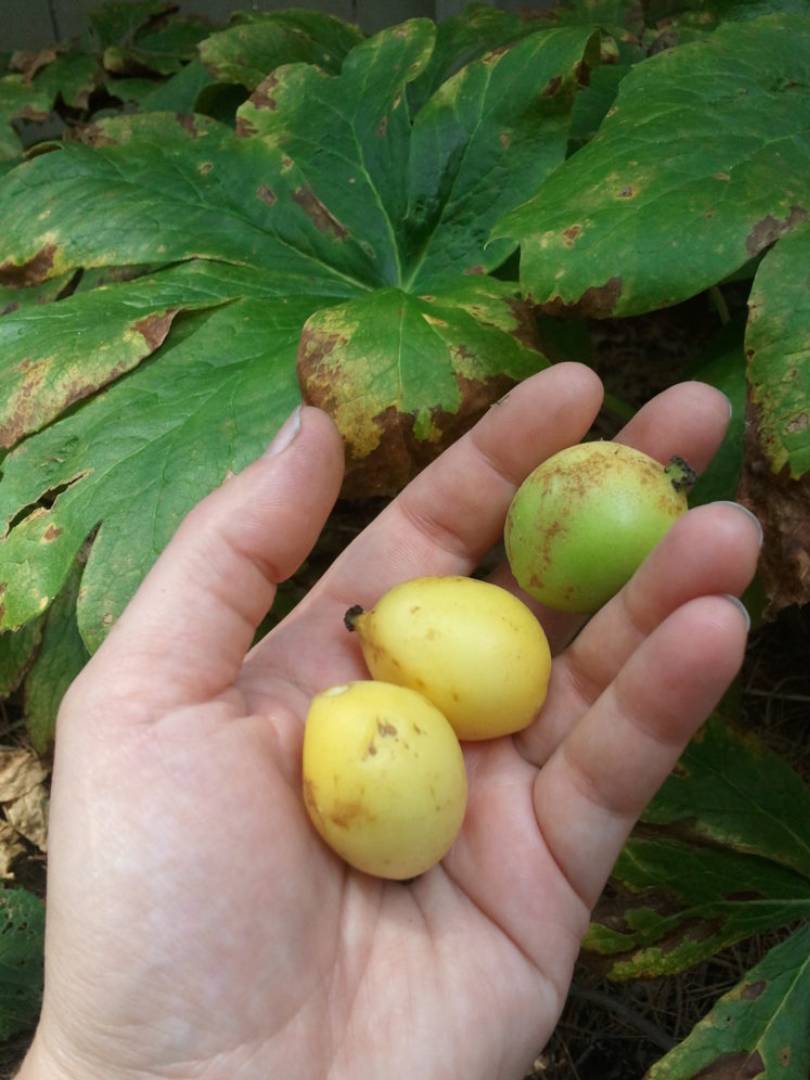
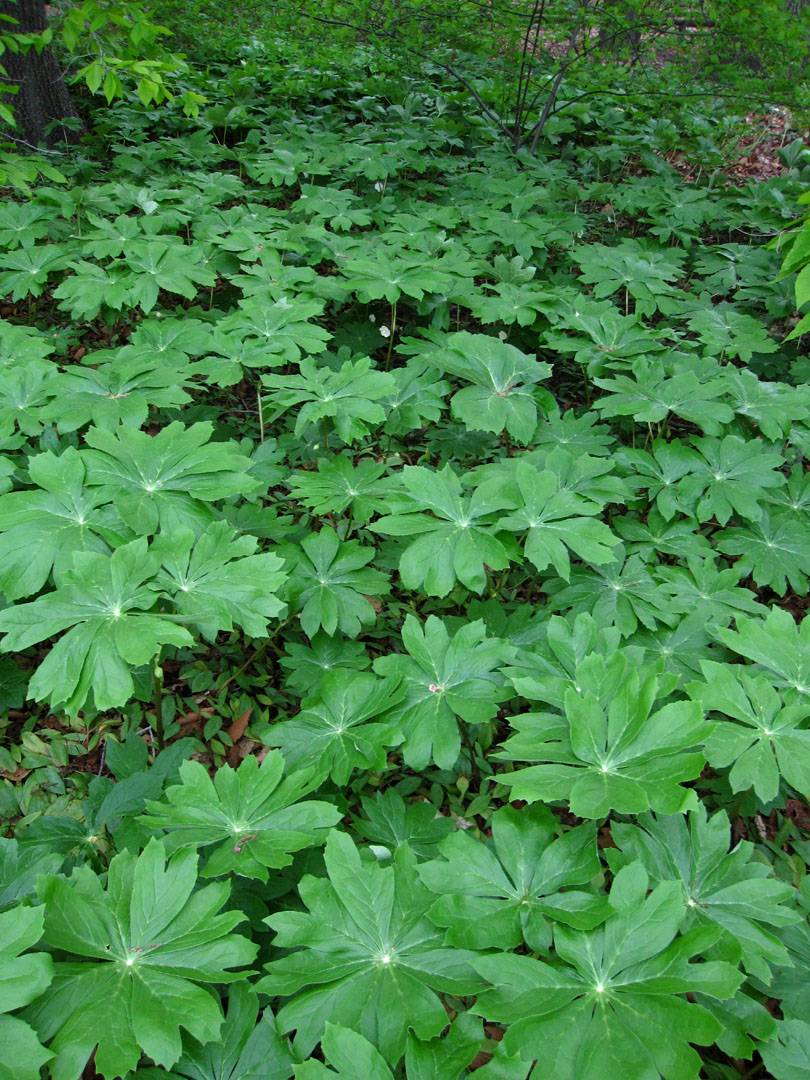
The May Apple (Podophyllum Peltatum) also known as “duck’s foot” and “American Mandrake” are part of the barberry family. They live near open woods, edges of wetlands, and moist areas and can be found throughout the eastern United States and Canada. They mainly grow from underground rhizomes, and have one to two very large leaves that are centrally attached to a single or Y shaped stem which makes them look like an umbrella. The leaves can grow to be up to 12 inches across.
May Apple’s like to grow in colonies sometimes consisting of 1000 plants in one area! In mid Spring, they produce an 8 to 9 petal, white flower that hides under the giant leaves. Towards June, the blossom gives way to a green berry abut the size of a lemon. They berry is edible after it ripens which is around July or August. You can tell the apple is ripe when it is completely yellow and about to fall off the plant. Until the fruit is completely ripe, it’s poisonous so do not eat one if it is showing any green. The leaves, roots, and stems are also poisonous.
Ducks, Box Turtles, Squirrels, Mice, Raccoons, Fox, Opossums, and even Black Bear will eat the fruit once it’s ripe. Native Americans used to boil the leaves and stems of the May Apple and spread them around their gardens as a pesticide. Poultices can be made and applied topically as well!
BIG LEAF MAGNOLIA
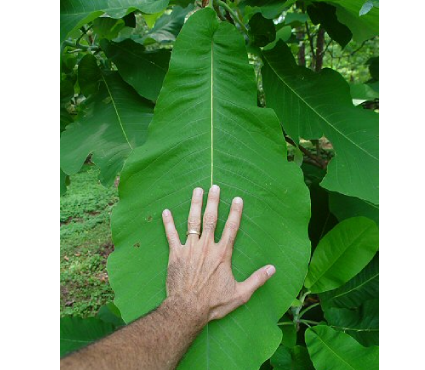
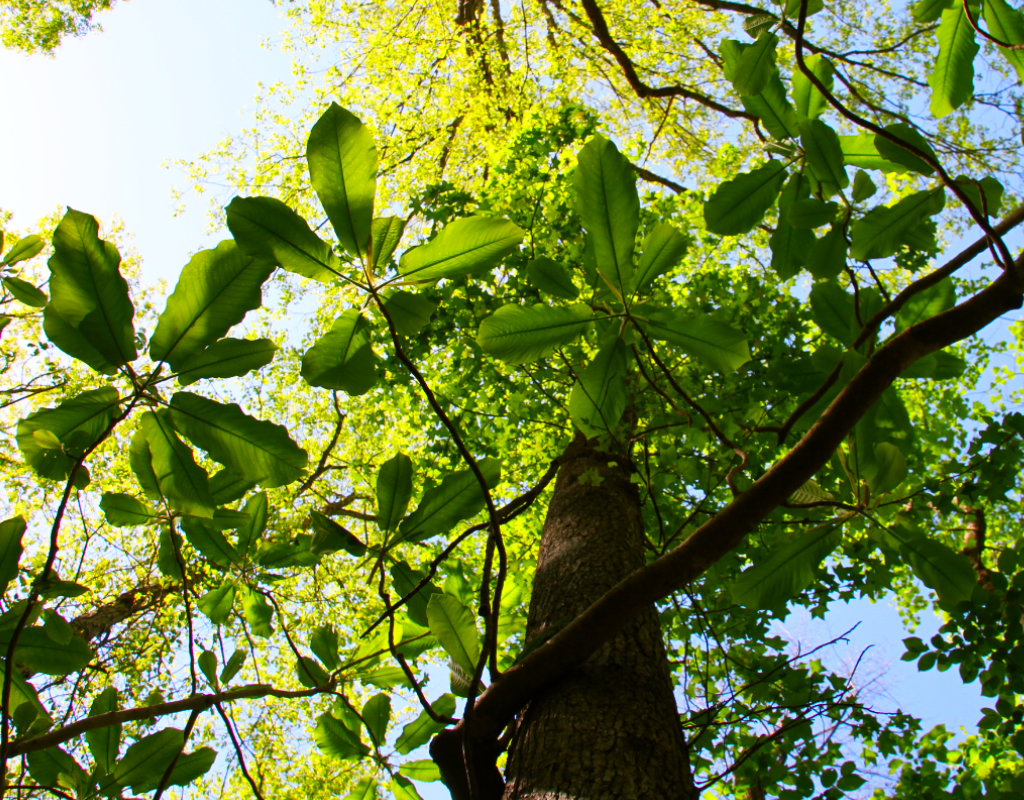
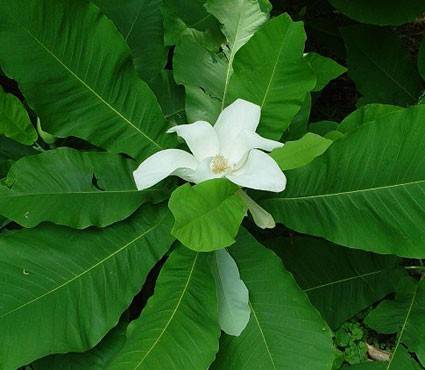
As you walk the trails at Historic Banning Mills, you are sure to see one of the most unique and beautiful trees anywhere to be found. The Big Leaf Magnolia grows in rich wooded sloped areas. They can grow up to 50 feet tall with a spread of 25 to 30 feet wide.
What makes the Big Leaf Magnolia so unique? They have the largest leaf and flower of any Native American Tree. The leaves can grow 12 to 25 inches in length and 7 to 12 inches wide!
Big Leaf Magnolia’s provide food for birds, small mammals, and deer. Cherokee Indians used to use the bark for analgesic properties and for upset stomachs! The Big Leaf Magnolia was discovered by the French Naturalist, Andre Michaut in 1746.
GALAX URCEOLATA
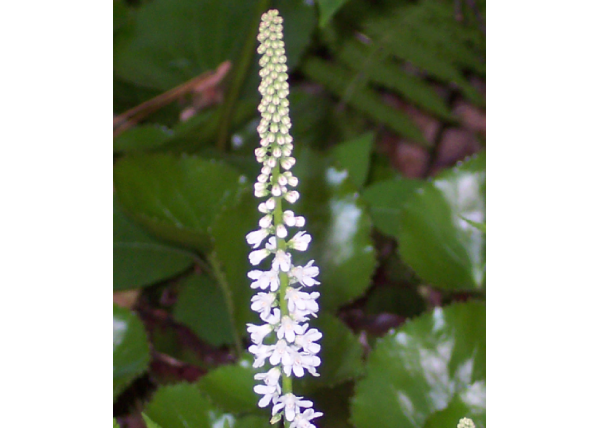
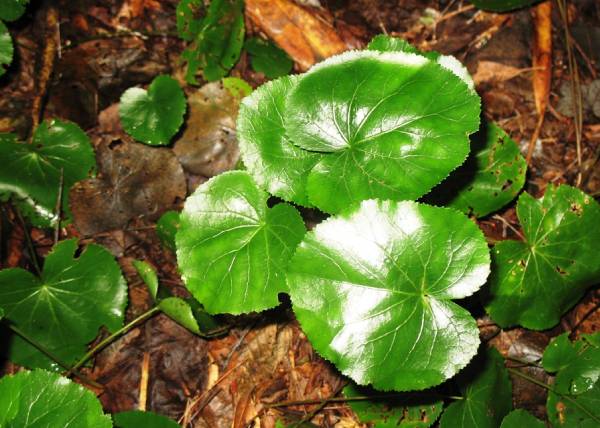
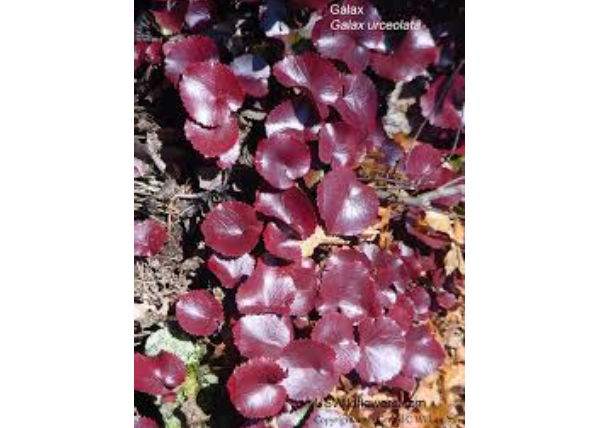
The Galax, also known as the “Wand Plant” or “Beetle Weed” can be found around Banning Mills all year long. Galax grows in cool moist areas and upland woodlands. They grow in colonies by rhizomes and seeds.
Galax has a wide, heart shaped leaf about 1 – 3 inches wide. The leaf is a mid to dark green in spring and summer buy many leaves turn a reddish purple color in the fall and winter!
During May and June the gala will sometimes grow small white flowers. What makes the Galax so special? It’s on the threatened species list and takes nearly 4 years to reach a 3 inch spread. Galax also used to be used for healing wounds and can be made into an infusion for healing kidney problems!
THE FIRE PINK
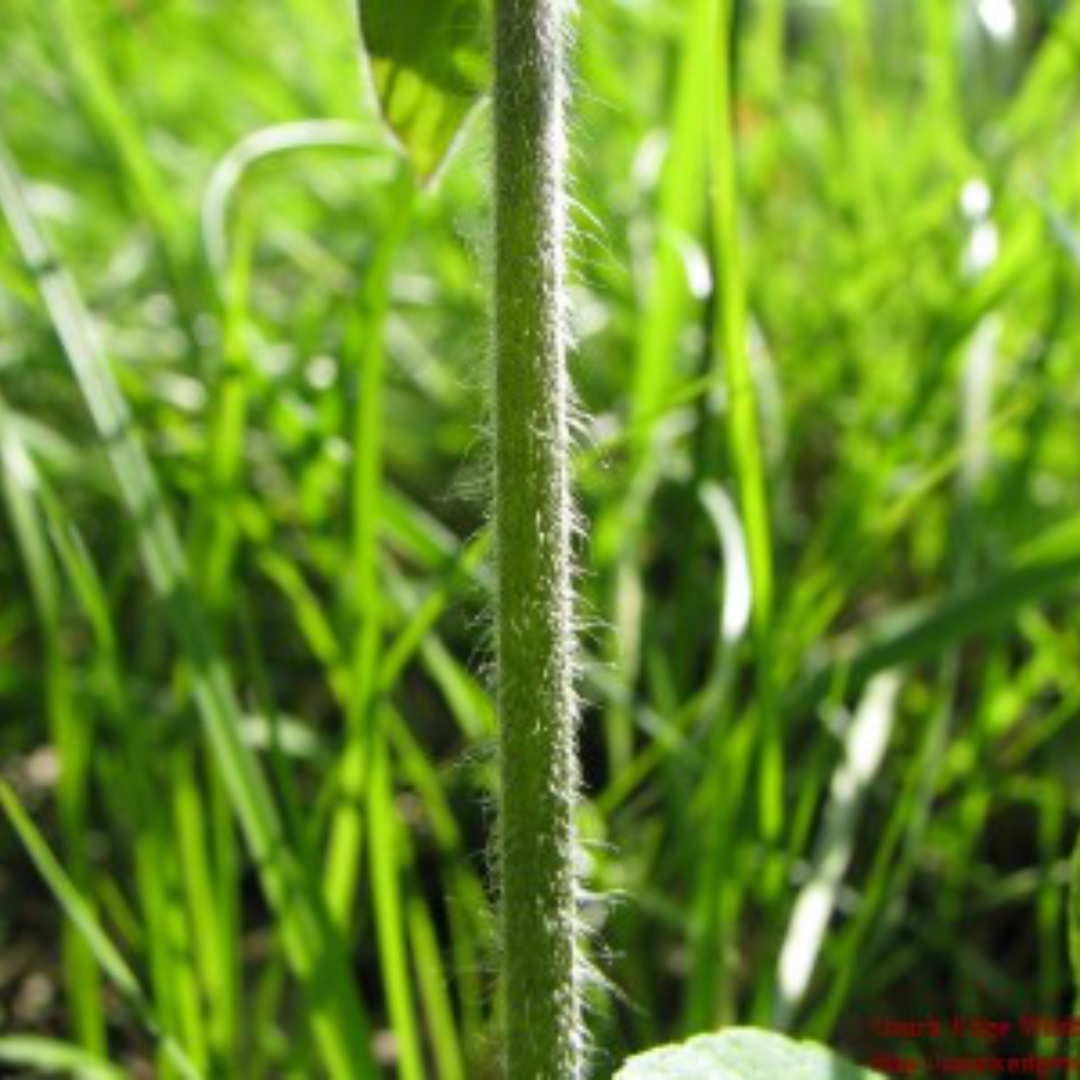
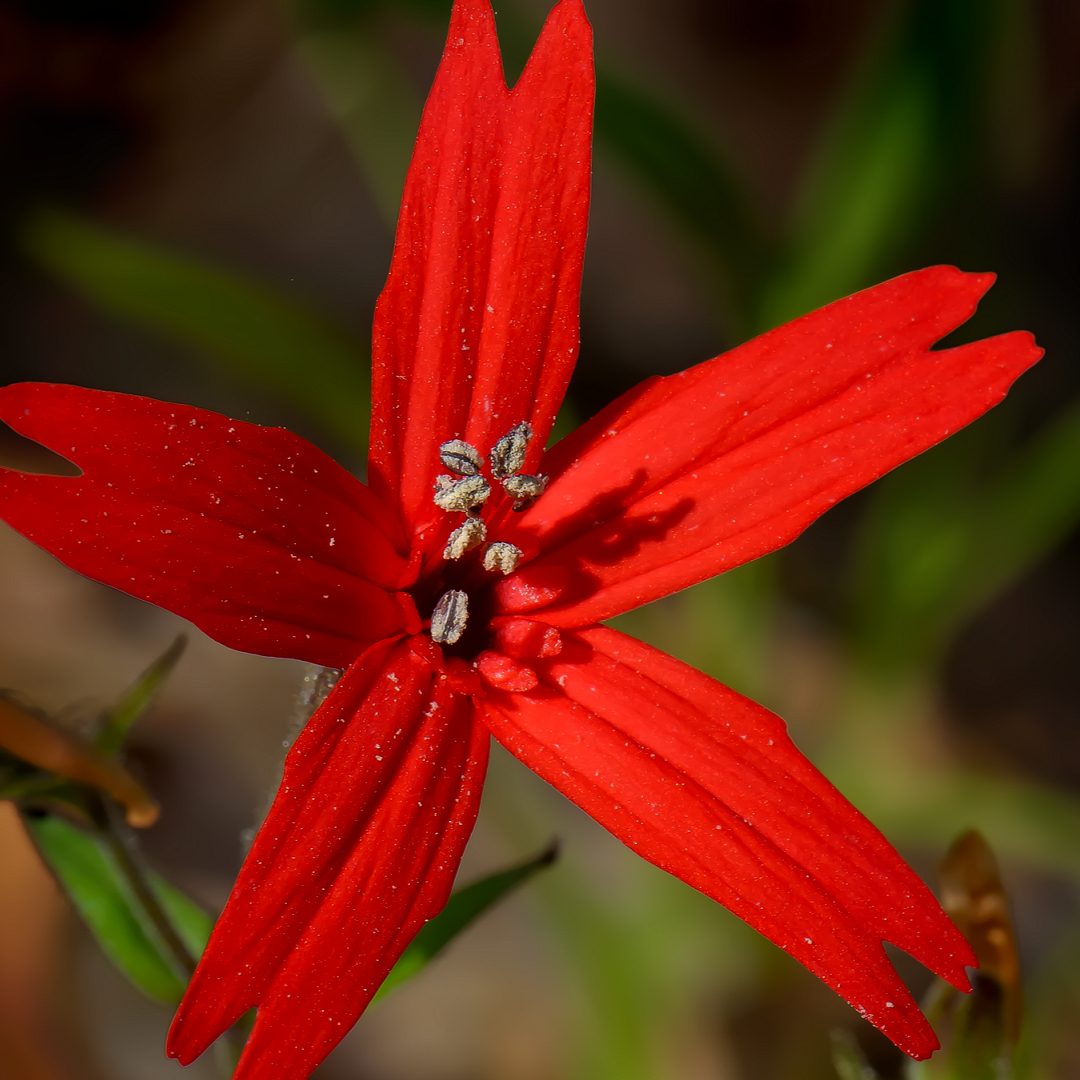
The Fire Pink or Silene Virginia is a wildflower that can be found as you walk the trails of Historic Banning Mills. It is an herbaceous clump forming perennial. It grows well in partial shade with well drained, rocky, acidic soil. The Fire Pink can grow 1 – 2 feet high with a bright red flower that is about 1.5 inches across.
The flower has five petals that flare out from a tubular base. Each petal is notched into two parts with pointed lobes. The beautiful red flower can be seen blooming between April and June but are short lived. This is a really cool flower. The stems have sticky hairs which trap small insects but the Fire Pink is not a true carnivorous plant. You might even notice butterflies and bees hanging out around the Fire Pink, as they love the nectar, while small birds often visit the flower to eat it’s seeds!
RESURRECTION FERN

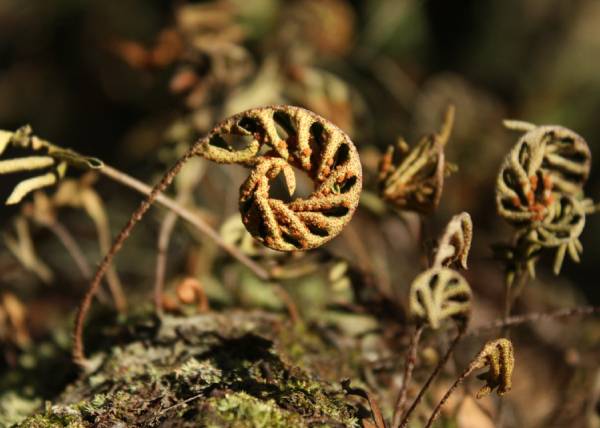
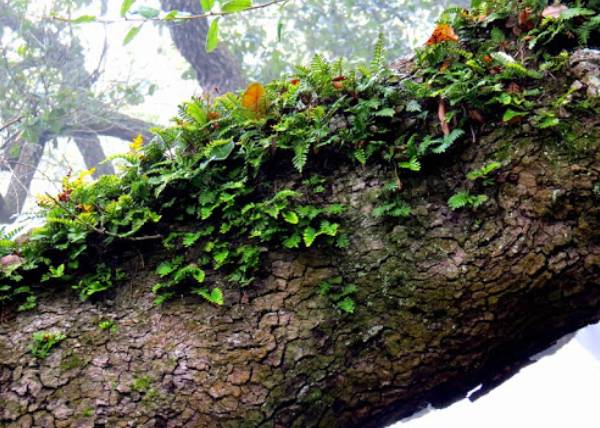
The Resurrection Fern, also known as the Lazarus Fern or polypodioides is extremely resilient through dry periods. The evergreen fonds of this fern are 25cm high by 5cm wide. The yellow-green leaflets are oblong to narrow, usually widest near the center or sometimes near the base. The Resurrection Fern attaches to the limbs of its host plant with branching, creeping stems, which can grow to 2mm in diameter.
This fern reproduces through small spores and by dividing its stems as it grows and expands. It typically reproduces during summer and early fall. Where can you find the Resurrection Fern? It’s commonly found on large, moist tree branches but can also be found growing on rocks and dead logs. These ferns can be most commonly found in the hardwood forests of the southeastern United States as well as subtropical America and parts of Southern Africa!
The Resurrection Fern gets its name because it can survive extremely long periods of drought by curling it’s leaves and turning a grey-brown color. Once the fern receives moisture it will uncurl and return to its green color within 24 hours. It’s been estimated that these plants could last 100 years without water and still revive after a singe exposure to water!
GREEN ARROW ARUM


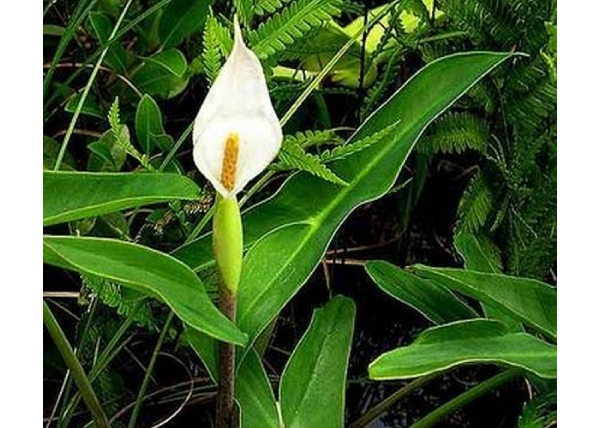
The Green Arrow Arum is native to the Eastern United States and likes to grow in Pineland Swamps and Shallow Waters. It is considered an aquatic plant because it likes to grow in mud and shallow waters. Many people use this plant in water gardens and pond areas because it is non-aggressive, meaning it won’t overgrow to consume an area.
The Green Arrow Arum has berries that attract wood ducks and king rails and it blooms from April to June.
JACK IN THE PULPIT

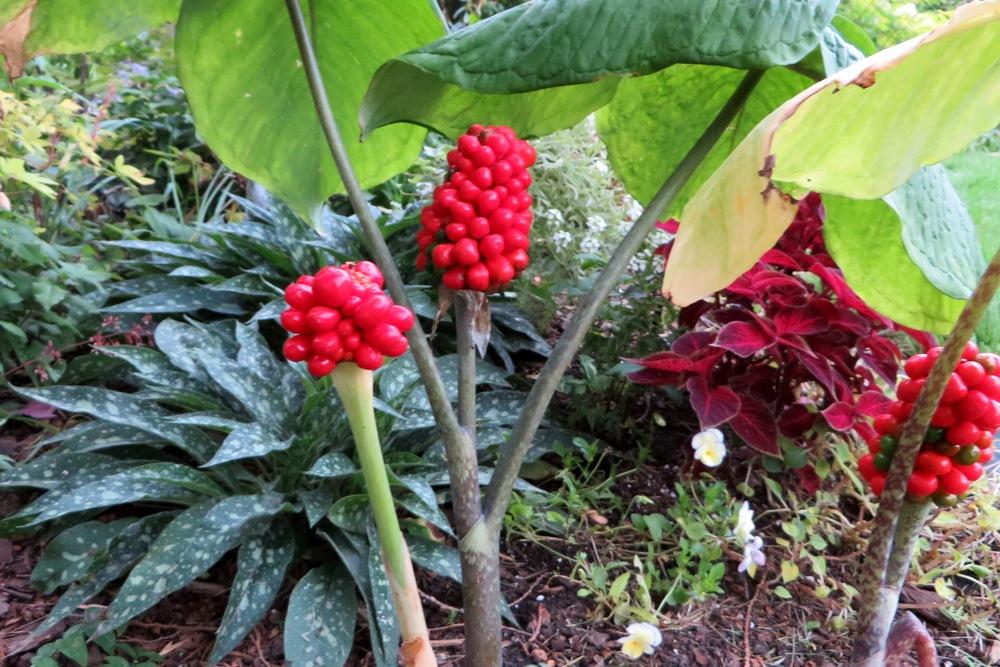
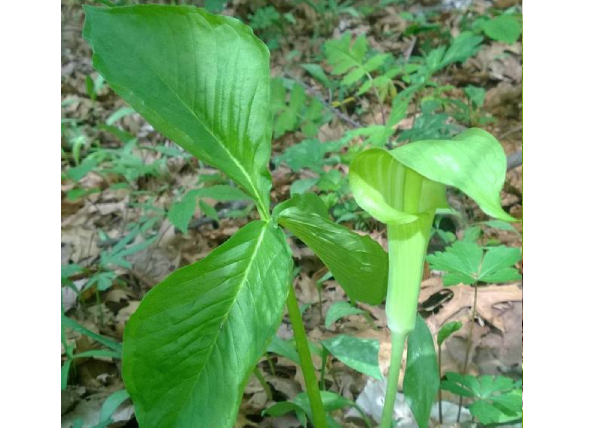
Found along the Eastern and Northern parts of the USA, the Jack in the Pulpit (arisaema triphyllum) plant is a perennial. It has three leaves atop a stem that can be from one to three feet tall. On a separate stalk, the plant will produce an unusual flower that is large and cylindrical with a hood. Under the hood is a distinct formation called a spade growing out of the cylinder shaped flower.
Jack in the Pulpit flowers can range from purplish to greenish white. Some even have light stripes. The plant produces flowers in spring, from March to June and then when the plant dies towards winter, it leaves reddish berries on the flower stalk. Birds love eating these berries. Jack in the Pulpit plants need moist acidic type soil with partial sun/shade.
Native Americans would gather the roots of this plant, cook them, and use them for ointments that would treat ring worm and abscess wounds. They would also slice the roots thinly, dry them for several months, and eat them like chips!
GHOST PLANT
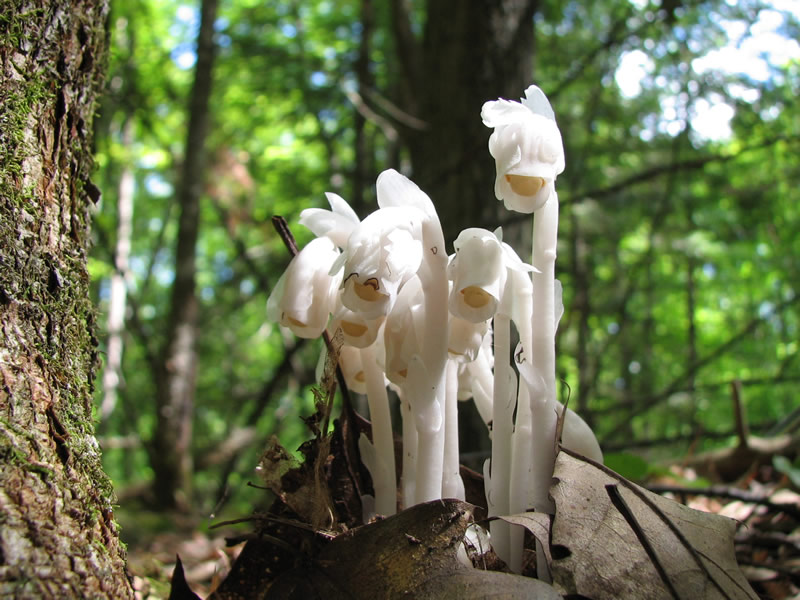
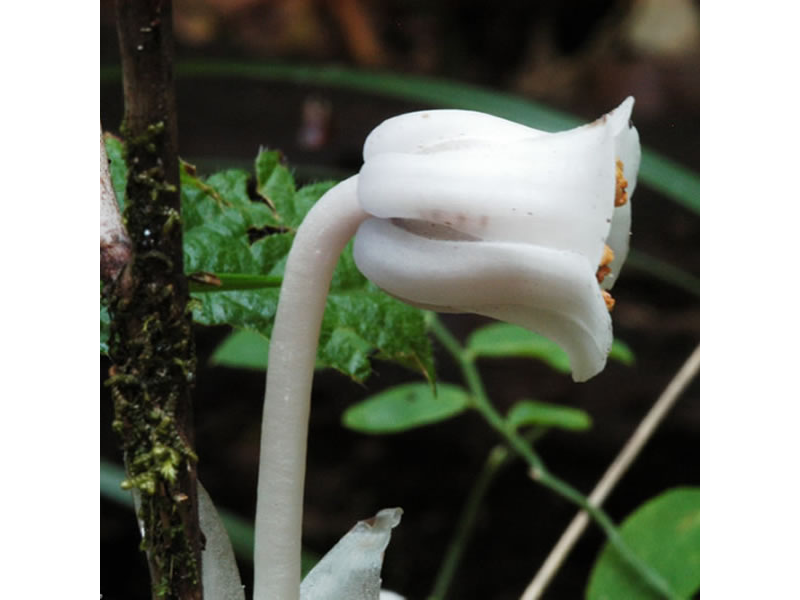
Sometimes called the Indian pipe or corpse plant.
Unlike most plants, the ghost plant does not contain chlorophyll, which explains both its waxy whitish color and its inability to obtain energy from sunlight. The ghost plant instead absorbs its nutrients through a unique process called myco-heterotrophy. While Chlorophyll is responsible for harnessing the sun’s energy to produce carbohydrates, a process known as photosynthesis in most plants, the ghost plant saps nutrients and carbohydrates from tree roots through an intermediate source, the myccorhizal fungi. Ghost plants are considered to be parasitic to the host tree but do not harm the tree and are needed in the balance of the ecosystem.
These perennial plants are generally 4-8 inches tall, with small scale-like leaves, and white five parted flowers. Plants only have one flower per stem, and flowering occurs roughly from June through September in mature, moist, shaded forests. Stems can be found alone, but are commonly found in small clusters.
Ghost plants are not rare but are very hard to find. They only live about one week annually when they flower.
Ghost plants do not need sunlight to grow, they can be found in very dark areas like shaded forest floors. As long as the plant can find suitable fungal hosts, ghost plants are able to thrive. They propagate by being pollinated by bees, which collect nectar from the ghost plants’ flowers, and distributing their seeds.
If you see a ghost plant in the wild, don’t pick it! Deprived from its source of nutrients, it will quickly wither and turn black. You can eat a ghost plant but if you eat too many, it becomes poisonous. It is said the plant tastes similar to asparagus.
CAROLINA JESSAMINE

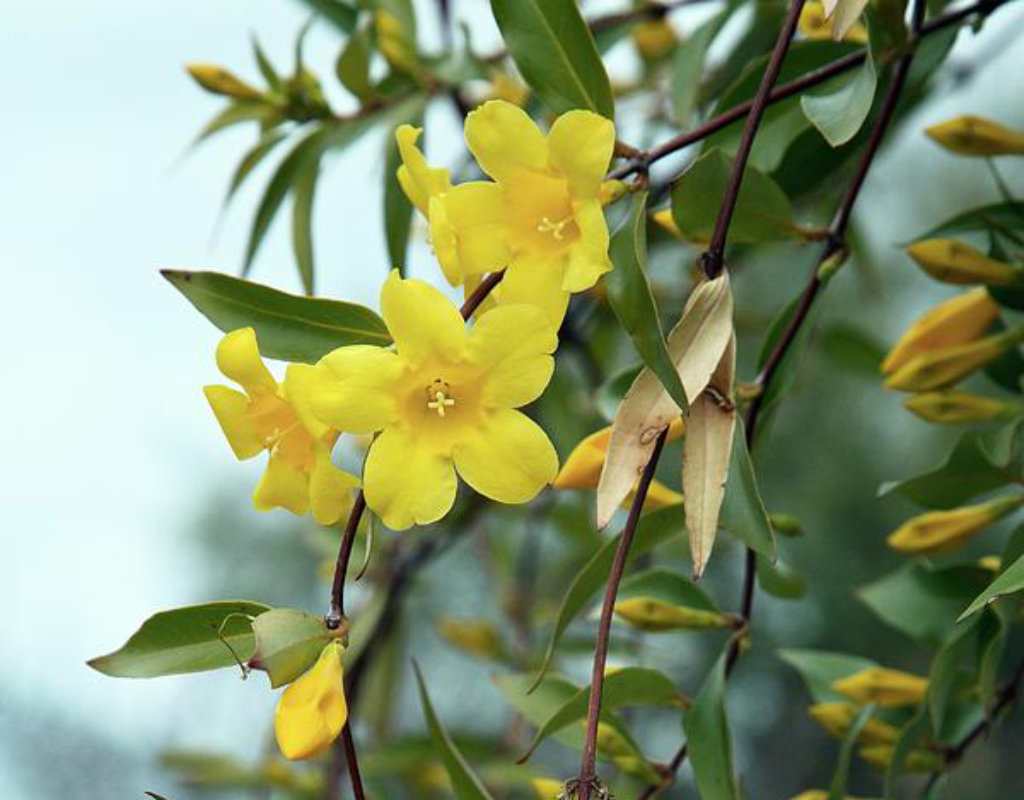
The Carolina Jessamine (Gelsemium sempervirens) is a native plant in Georgia and throughout the southeastern part of the USA as well as into Mexico and Guatemala.
It is Not part of the jasmine family.
It is the state flower of South Carolina.
It is poisonous to humans and animals if ingested and can cause skin irritations when touched. With a strychnine related alkaloid in all its parts, it is even poisonous to honey bees.
This wiry vine can grow quickly when established and can grow over 20 feet tall. It has very fragrant yellow, trumpet shaped flowers about 1 to 2 inches long. The leaves are evergreen and shiny and grow to close to 3 inches long. The vine flowers from February to April and is a welcome site to let us know spring is here.
It likes moist, rich, well drained soil. It can grow in full to partial sun but prefers full sun exposure the best. It will flower on the previous year’s growth.
After flowering, the vine will produce seed capsules and the seeds are mature by the fall.
TROUT LILY
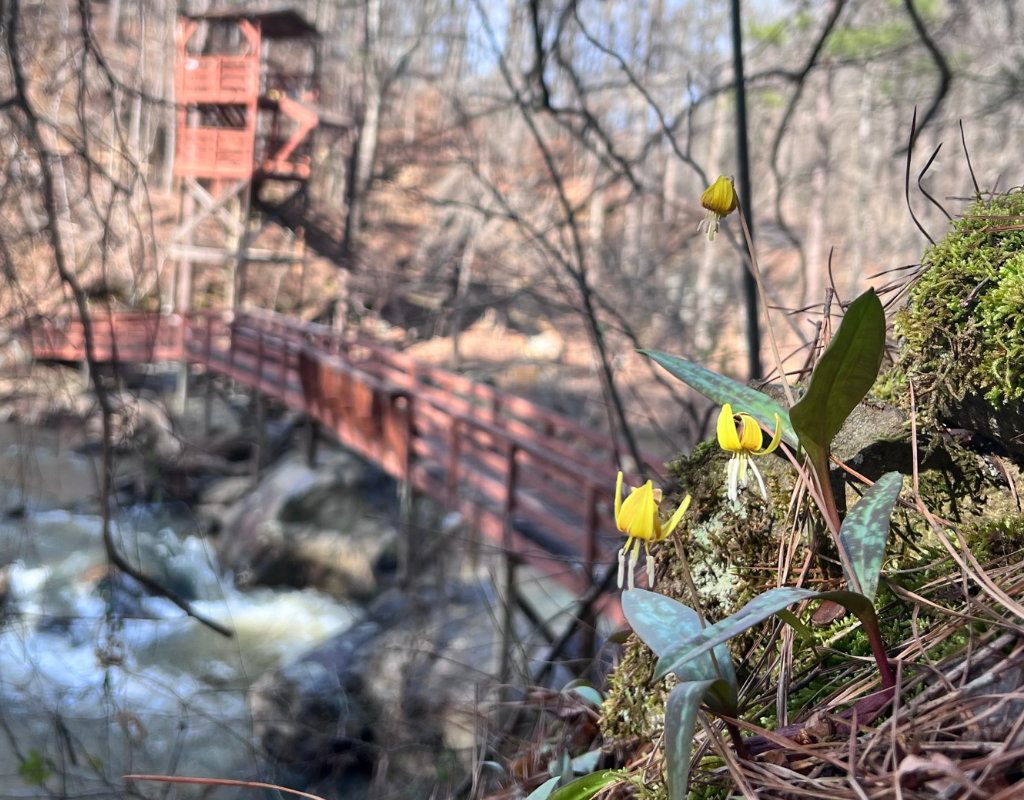
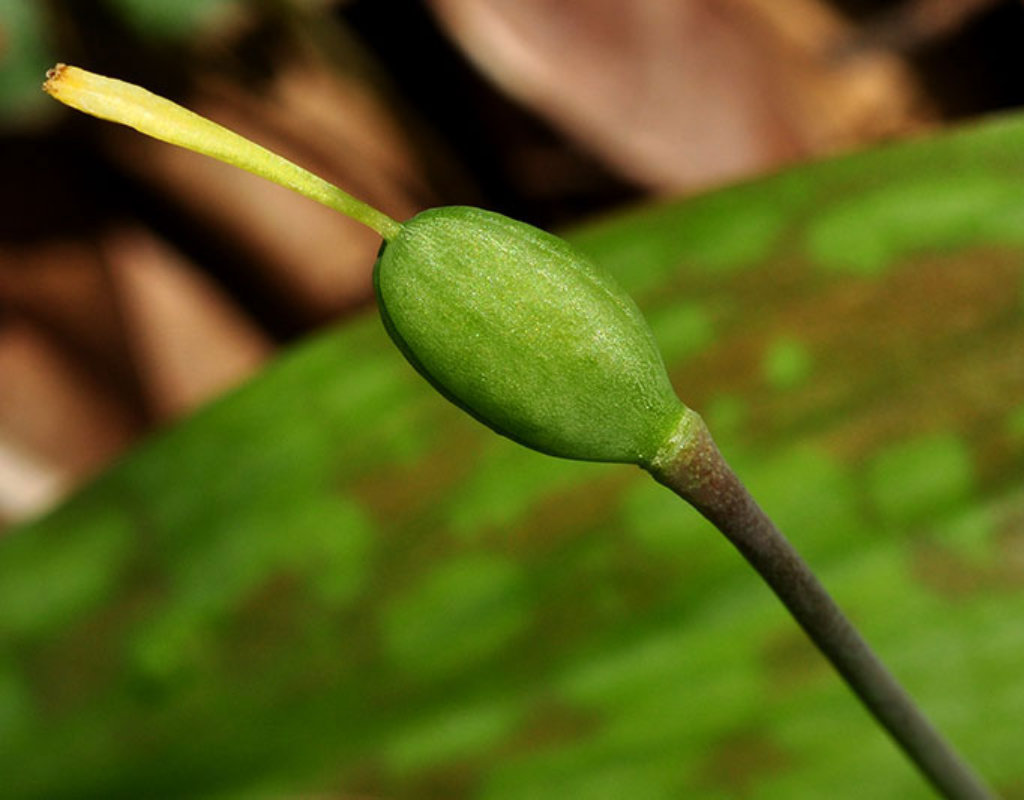
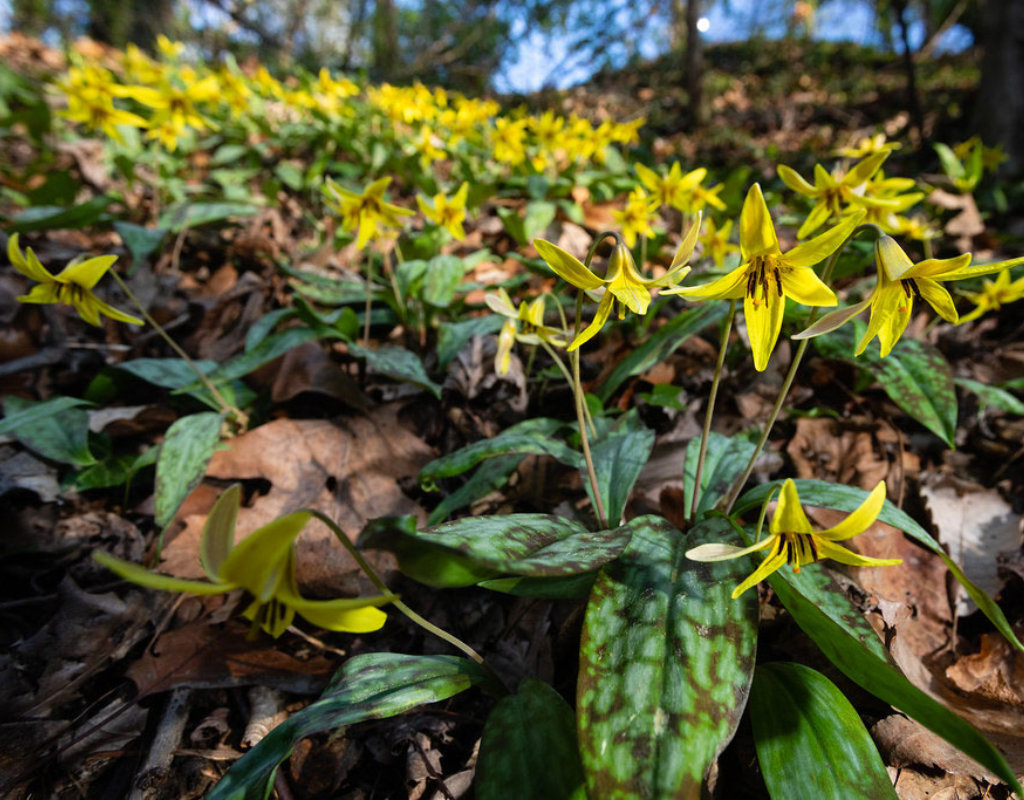
The Trout Lily (Erythronium Americanum) is one of the first signs of spring, at Historic Banning Mills, is the flowering of the beautiful trout lilies. As you walk the trails, look for the numerous colonies and you will not be disappointed.
Fun Facts about the Trout Lily:
Sometimes called the Yellow Adder’s Tongue
Colonies of the trout lily can be 200 to 300 years old. So be very careful where you hike!
Mature trout lilies will have two grey/green leaves with markings like that of a trout. Hence the name trout lily. It takes 6 to 8 years for the plant to produce a yellow, lily shaped flower. Immature lilies will only have one leaf and are sterile until reaching maturity. Flowering usually is in March to April.
The trout lily is about 6 to 8 inches tall and the yellow flower is about 1 inch wide. After flowering, the lily will produce a seed which will be mature around the month of June. The seeds are crescent shaped.
The flowers are hermaphrodite ( having both male and female organs). During the day, the flower will turn to the sun and at night, the flower will bow to the earth.
Trout lilies can be found along the Eastern seaboard of the USA into Canada. They also can be found in Mississippi and up into Minnesota and Michigan. They can be found mostly in the damp woodlands, ravines and slopes and along streams and rivers.
The Cherokee Indians would crush the leaves and roots to make poultices to apply to wounds. The plant has significant antibacterial and anti-inflammatory properties.
The leaves can be eaten and have a sweet taste. They can be added to salads but do not eat too many since they also have an emetic property to them.
The flowers can made into a tea. The Cherokee also used the plant to treat urinary tract infections.
The roots (called corms) can be gathered, roasted and eaten as well.

